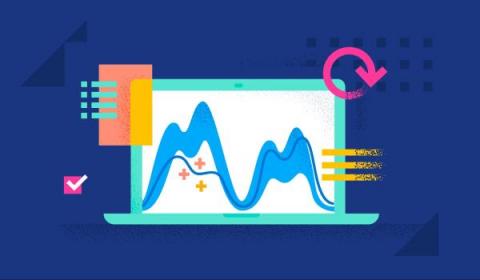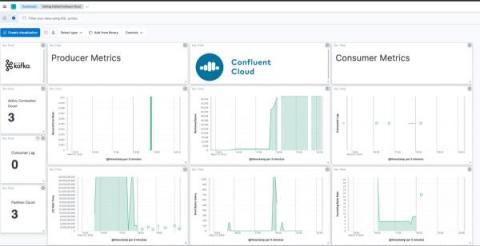The impact of NWDAF on telco service providers: Embracing vendor agnostic data analytics
Network Data Analytics Function (NWDAF) is a key component in 5G networks, designed to collect, analyze, and deliver valuable insights to service providers. NWDAF provides an unbiased, vendor-vendor agnostic view of the network, expanding telco visibility beyond traditional use cases. As network complexities grow, service providers require unbiased and accurate data to make informed decisions, driving the demand for vendor agnostic data analytics.











